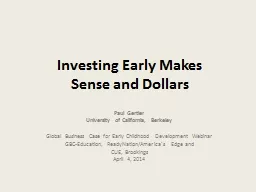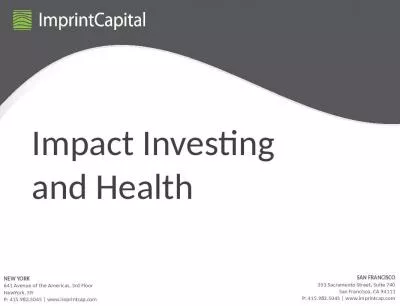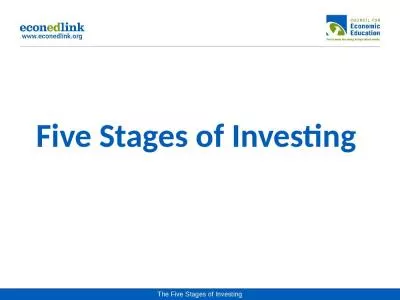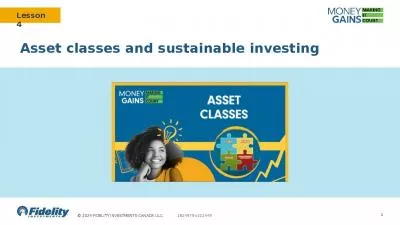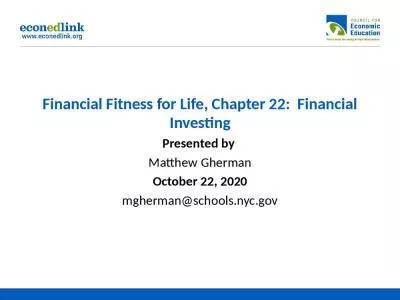PPT-Investing Early Makes
Author : kittie-lecroy | Published Date : 2016-07-21
Sense and Dollars Paul Gertler University of California Berkeley Global Business Case for Early Childhood Development Webinar GBCEducation ReadyNation Americas
Presentation Embed Code
Download Presentation
Download Presentation The PPT/PDF document "Investing Early Makes" is the property of its rightful owner. Permission is granted to download and print the materials on this website for personal, non-commercial use only, and to display it on your personal computer provided you do not modify the materials and that you retain all copyright notices contained in the materials. By downloading content from our website, you accept the terms of this agreement.
Investing Early Makes: Transcript
Download Rules Of Document
"Investing Early Makes"The content belongs to its owner. You may download and print it for personal use, without modification, and keep all copyright notices. By downloading, you agree to these terms.
Related Documents

